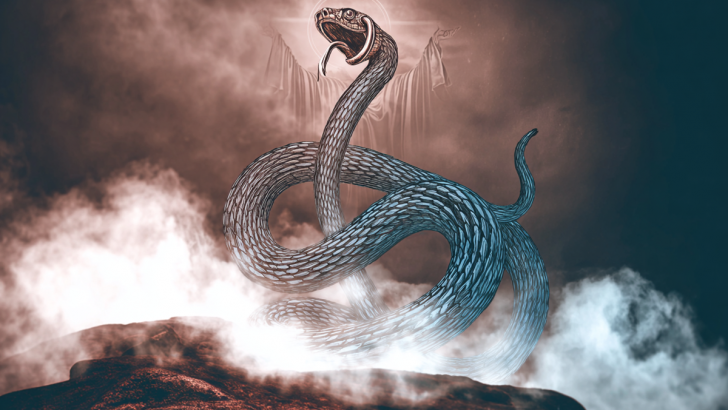The Bible uses animals as powerful symbols to teach us about good and evil. Many creatures appear as warnings or represent dark forces that work against God’s plan.
These symbols helped ancient people understand complex spiritual ideas through familiar animals they knew from daily life.
Let’s explore the creatures that the Bible connects with evil, temptation, and sin.
1. The Deceiving Serpent
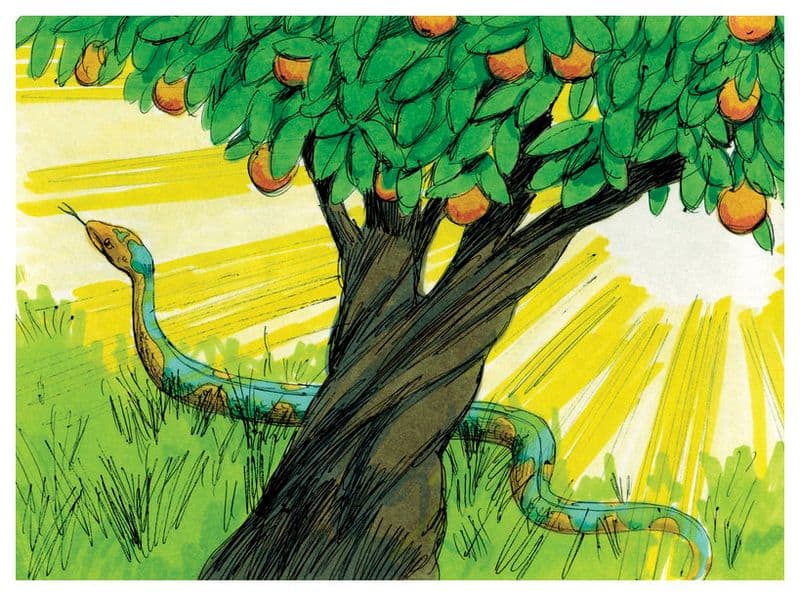
Slithering into biblical history as the very first villain, the serpent forever changed humanity’s path in the Garden of Eden. This cunning creature convinced Eve to eat the forbidden fruit, introducing sin into a perfect world.
In Genesis, the serpent is described as “more crafty than any other beast of the field,” showcasing its intelligence used for manipulation. Its punishment was severe—condemned to crawl on its belly and experience enmity with mankind forever.
Beyond Eden, serpents appear throughout Scripture as symbols of Satan himself. Jesus referred to evil people as a “brood of vipers,” connecting snake imagery with those who oppose God’s ways.
2. Leviathan the Chaos Monster
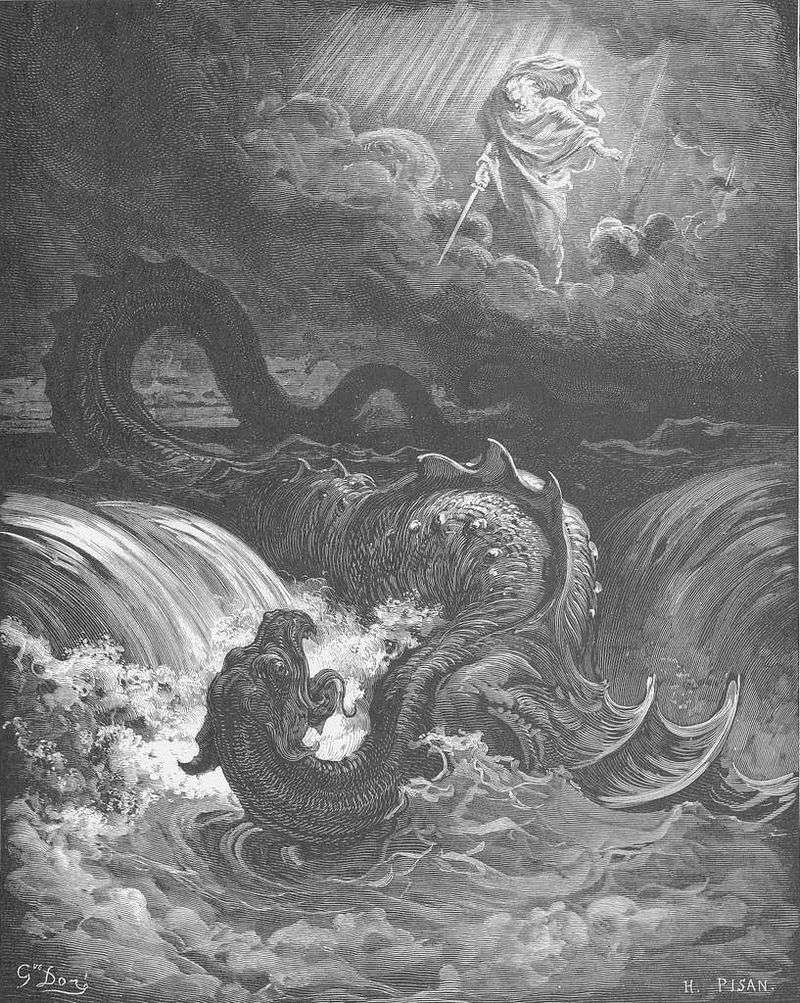
Ancient fears come alive in the Bible’s description of Leviathan, a monstrous sea creature representing primordial chaos. Job 41 dedicates significant space to describing this terrifying beast with impenetrable scales and breath that “kindles coals.”
Unlike modern sea monsters of fantasy, Leviathan embodied rebellion against divine order. God points to this creature as evidence of His supreme power—only the Creator could subdue such chaos.
Prophetic literature transforms Leviathan into a symbol for evil empires that opposed Israel. Isaiah 27:1 describes God’s eventual victory: “In that day, the Lord with his hard and great and strong sword will punish Leviathan.”
3. The Seven-Headed Beast
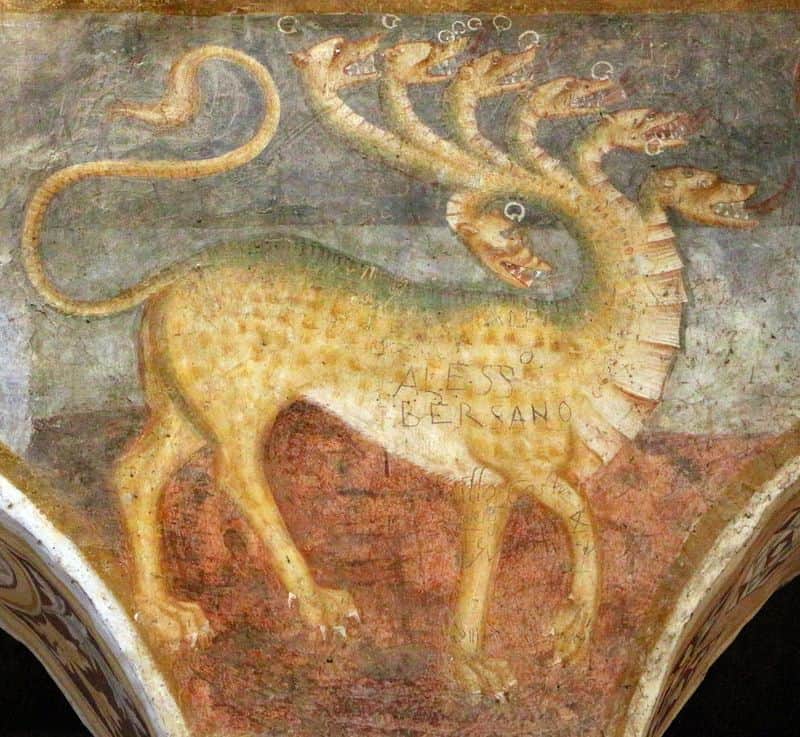
Rising from turbulent waters in Revelation’s apocalyptic visions, the Beast from the Sea embodies political evil at its most terrifying. With seven heads, ten horns, and blasphemous names, this creature combines features of leopard, bear, and lion—a nightmare compilation of history’s most feared predators.
What makes this beast particularly frightening is its worldwide influence. Revelation 13 describes how “the whole earth was amazed and followed the beast,” showing its seductive power over humanity.
Many scholars interpret this creature as representing oppressive empires or governments that persecute believers. Its fatal wound that healed suggests evil’s persistent ability to resurrect itself throughout human history.
4. Ravenous Wolves in Disguise
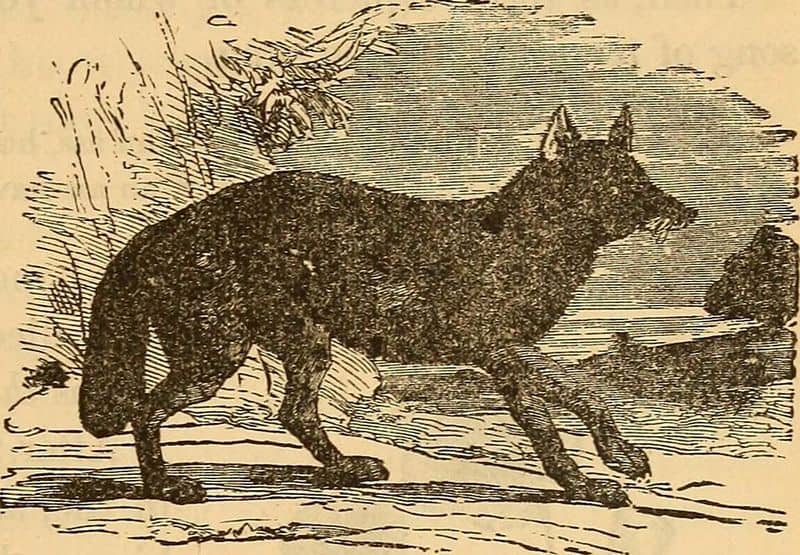
“Watch out for false prophets. They come to you dressed like sheep, but inside they are hungry wolves.” With these chilling words in Matthew 7:15, Jesus used wolf imagery to warn about spiritual deception.
Wolves were familiar predators to ancient Middle Eastern shepherds who constantly guarded their flocks against these cunning hunters. Their reputation for ruthless efficiency made them perfect symbols for those who would infiltrate and destroy spiritual communities.
Throughout Scripture, wolves represent not just physical danger but spiritual threats that appear harmless or even helpful. Paul echoed this warning in Acts 20:29, cautioning that “savage wolves will come in among you and will not spare the flock.”
5. The Roaring Lion Predator
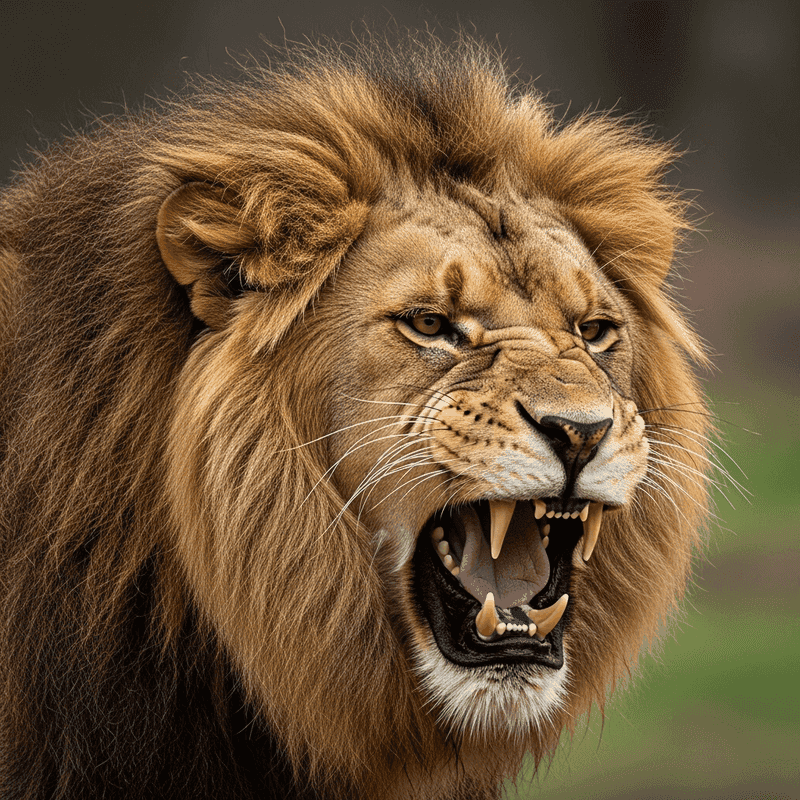
“Your enemy the devil prowls around like a roaring lion looking for someone to devour.” This vivid warning from 1 Peter 5:8 transforms the majestic king of beasts into a symbol of spiritual danger.
Unlike modern perceptions of lions as endangered species deserving protection, biblical audiences knew lions as apex predators inspiring terror. Their hunting techniques—stalking, isolating, and ambushing prey—parallel spiritual warfare tactics.
The lion’s roar itself serves a strategic purpose, potentially paralyzing prey with fear. Similarly, Satan uses intimidation and fear to immobilize believers. This imagery reminds Christians to remain vigilant against an adversary who targets vulnerability and separation from the spiritual community.
6. Goats of Judgment
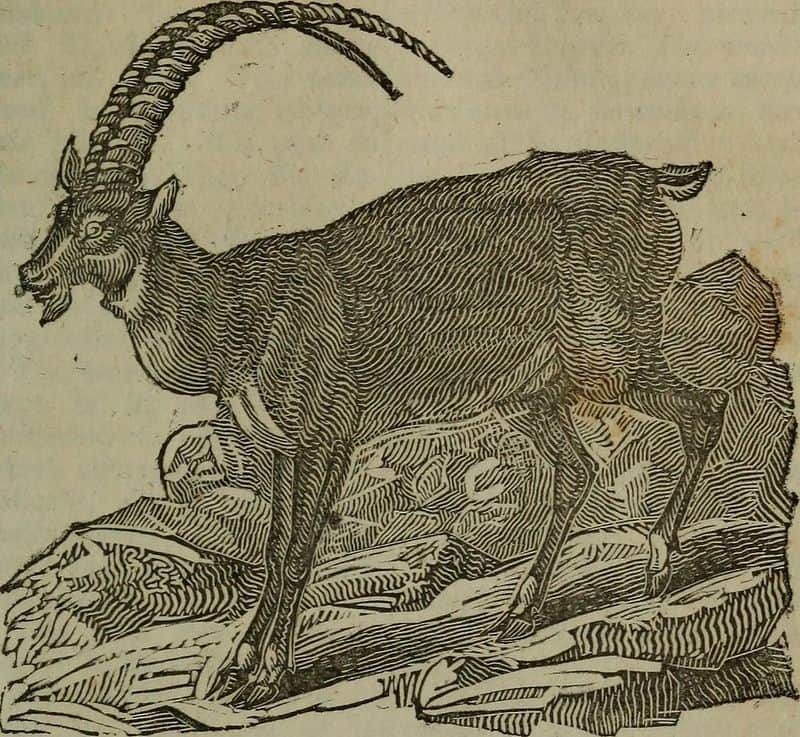
Standing on the wrong side of eternity, the goats in Jesus’ parable represent those rejected at final judgment. Matthew 25 describes this sobering scene where Christ separates humanity “as a shepherd separates the sheep from the goats,” placing the latter on his left hand.
Unlike gentle, following sheep, goats were known for their independence and stubbornness. These characteristics made them fitting symbols for those who resist divine guidance and choose self-determination over obedience.
Earlier in biblical history, goats served as sin-bearers during Yom Kippur rituals. The scapegoat, carrying Israel’s collective wrongdoing, was banished to the wilderness—foreshadowing the ultimate separation of evil from God’s presence described in Jesus’ teaching.
7. Unclean Swine
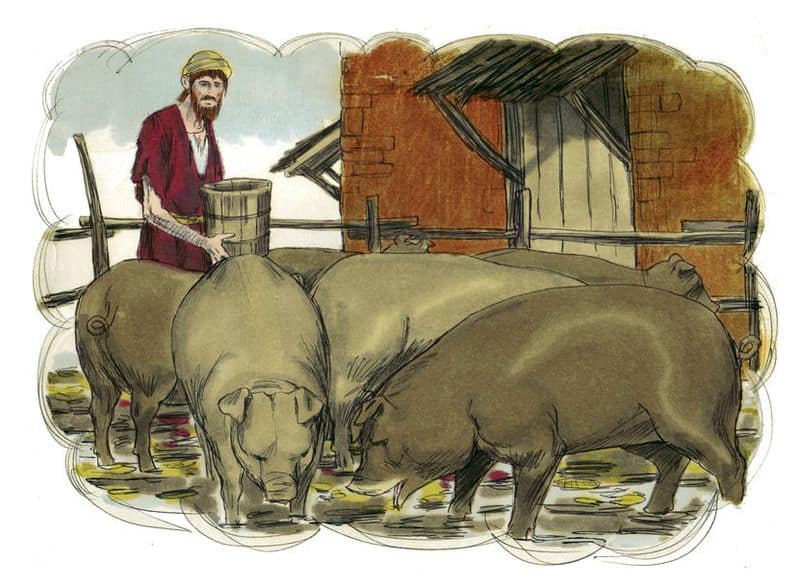
Few animals carried stronger negative associations in Jewish culture than pigs. Declared unclean in Levitical law, swine represented spiritual contamination and Gentile practices opposed to God’s covenant people.
This cultural revulsion provides context for Jesus’ encounter with demons in Mark 5. When evil spirits begged to enter a herd of pigs, their subsequent self-destruction by drowning visually demonstrated evil’s ultimately self-destructive nature.
The Prodigal Son parable uses pig-keeping—the lowest occupation imaginable for a Jewish audience—to illustrate how far the character had fallen from his father’s house. Jesus’ warning not to “throw pearls before swine” further emphasized the perceived incompatibility between holiness and these animals deemed spiritually polluted.
8. Scorpions of Torment

Small but deadly, scorpions appear throughout Scripture as symbols of painful punishment and demonic influence. Their ability to inflict agonizing stings made them feared inhabitants of the wilderness that Israel traversed after Egyptian slavery.
Jesus referenced these creatures when assuring disciples of spiritual protection: “I have given you authority to trample on snakes and scorpions.” This metaphor connected scorpions with spiritual forces requiring supernatural authority to overcome.
Revelation’s apocalyptic imagery takes scorpion symbolism to terrifying heights. In chapter 9, locust-like creatures emerge from the Abyss with “power like the scorpions of the earth,” specifically commissioned to torment those without God’s seal—making these creatures embodiments of divine judgment against evil.
9. Frogs of Deception
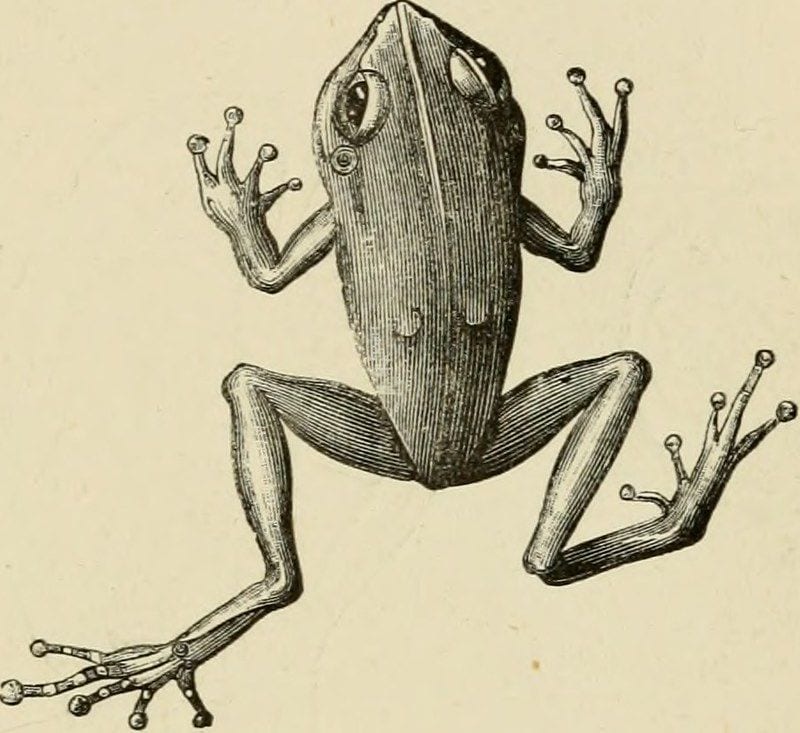
Leaping from Egyptian waters as the second plague, frogs became symbols of divine judgment against Pharaoh’s hardened heart. These amphibians invaded every corner of Egyptian life—beds, ovens, and kneading troughs—showing how completely God could overturn human comfort through seemingly insignificant creatures.
Their biblical significance grows darker in Revelation’s apocalyptic visions. Chapter 16 describes “three impure spirits that looked like frogs” emerging from the mouths of the unholy trinity—the dragon, beast, and false prophet.
These frog-like spirits perform miraculous signs to deceive world leaders, gathering them for battle against God. The imagery connects frogs with spiritual deception capable of influencing global politics—a stark transformation from the merely annoying Egyptian plague to agents of apocalyptic rebellion.
10. The Devouring Locust Swarms
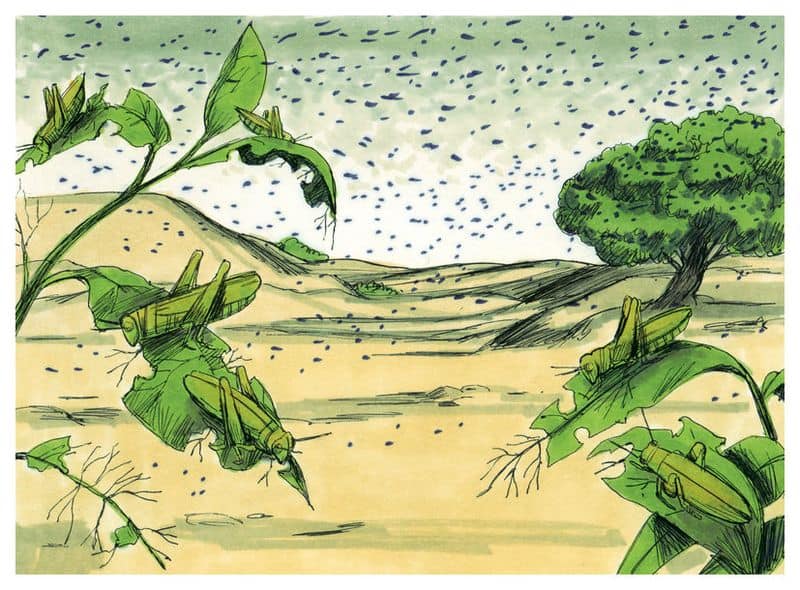
Darkening skies and destroying everything green, locusts represented divine judgment throughout biblical literature. Joel’s prophecy describes them as “a nation has invaded my land, a mighty army without number,” highlighting their military-like devastation.
These insects transformed from agricultural pests into apocalyptic symbols in Revelation 9. John’s vision depicts locusts emerging from the Abyss with human faces, women’s hair, lions’ teeth, and scorpion stings—a nightmarish combination emphasizing their supernatural evil.
Unlike natural locusts that destroy vegetation, these demonic creatures specifically target humans without God’s seal. Their five-month torment period reflects the typical lifespan of a locust plague, creating a terrifying parallel between natural disaster and spiritual judgment against evil.

